Physical Address
304 North Cardinal St.
Dorchester Center, MA 02124
London’s Canary Wharf is both a fascinating spectacle of iconic architecture, and one of the fastest developing high-rise areas in the UK!
Despite the influx of new buildings, Canary Wharf will always be most well-known for its original skyscraper — the central tower at One Canada Square.
We’ve already written an in-depth look at the fascinating construction of One Canada Square, but there is one thing that keeps getting asked… “What’s up with the lights at the top of the tower?”
The iconic glass pyramid at the top not only weighs 100 tonnes, but it’s kitted with hundreds of colour changing lights, self-cleaning windows, and even some bird boxes!
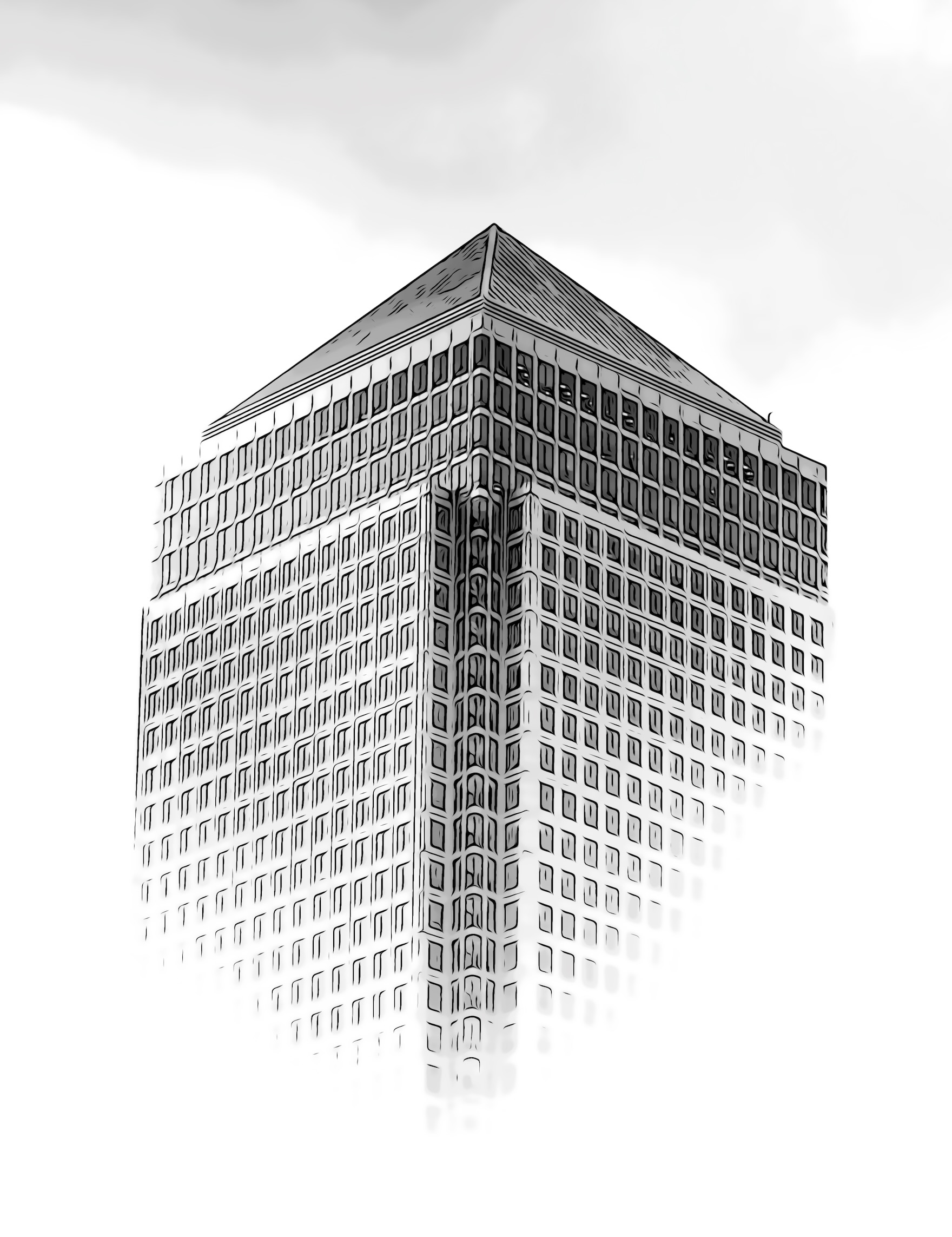
You may have noticed Canary Wharf’s lights often changing colours, flashing and bathing the London sky with a palette of lights. So, what is the story behind these displays?
In this article, we will look at why the lights flash? And, what colours are frequently seen? Will have a look at what the colour changes are meant to represent, and finally — answer if you can go up to the top of Canary Wharfs tower!
Flashing more than 67,000 times a day, the light atop the Canary Wharf tower he has constructed distracts the Queen in Windsor Castle as well as commuters deep in Surrey.
The power of the tower — The Guardian
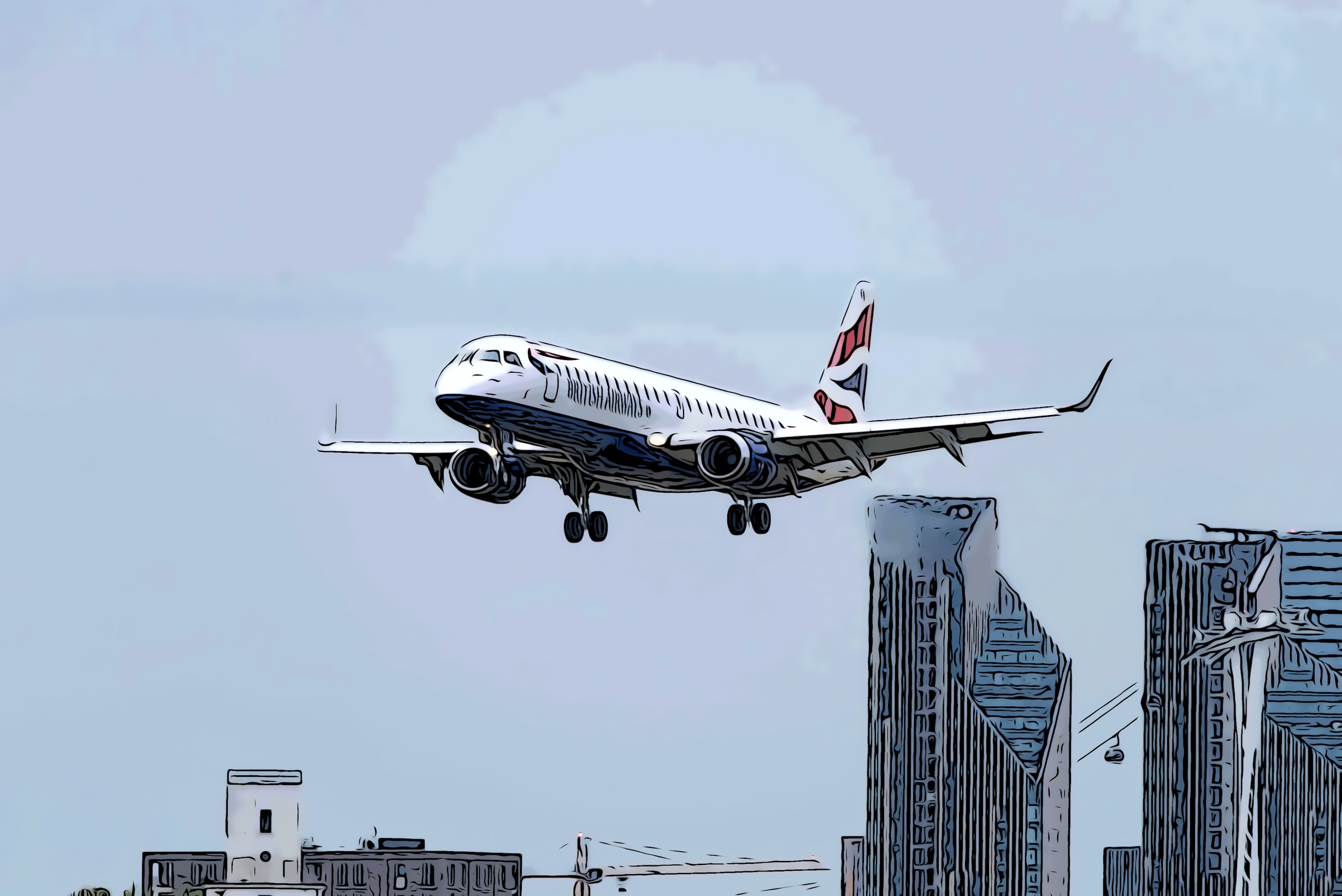
The flashing lights at the top of Canary Wharf are an integral part of London’s nightscape. But they’re not there just for aesthetics.
They play a crucial role in aviation safety, warning incoming aircraft of the presence of the tall building, especially in adverse weather conditions when visibility may be compromised.
Now you know!
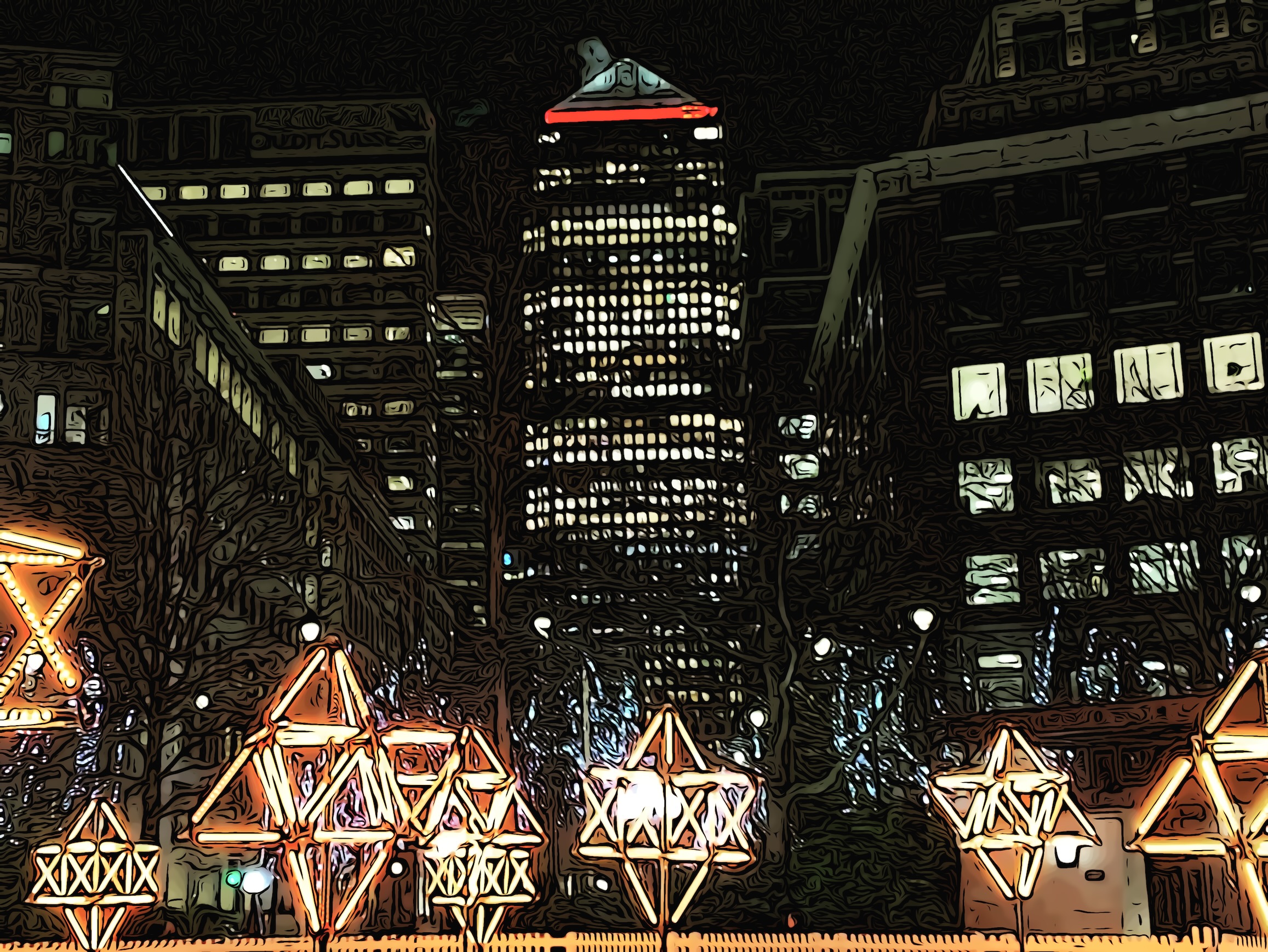
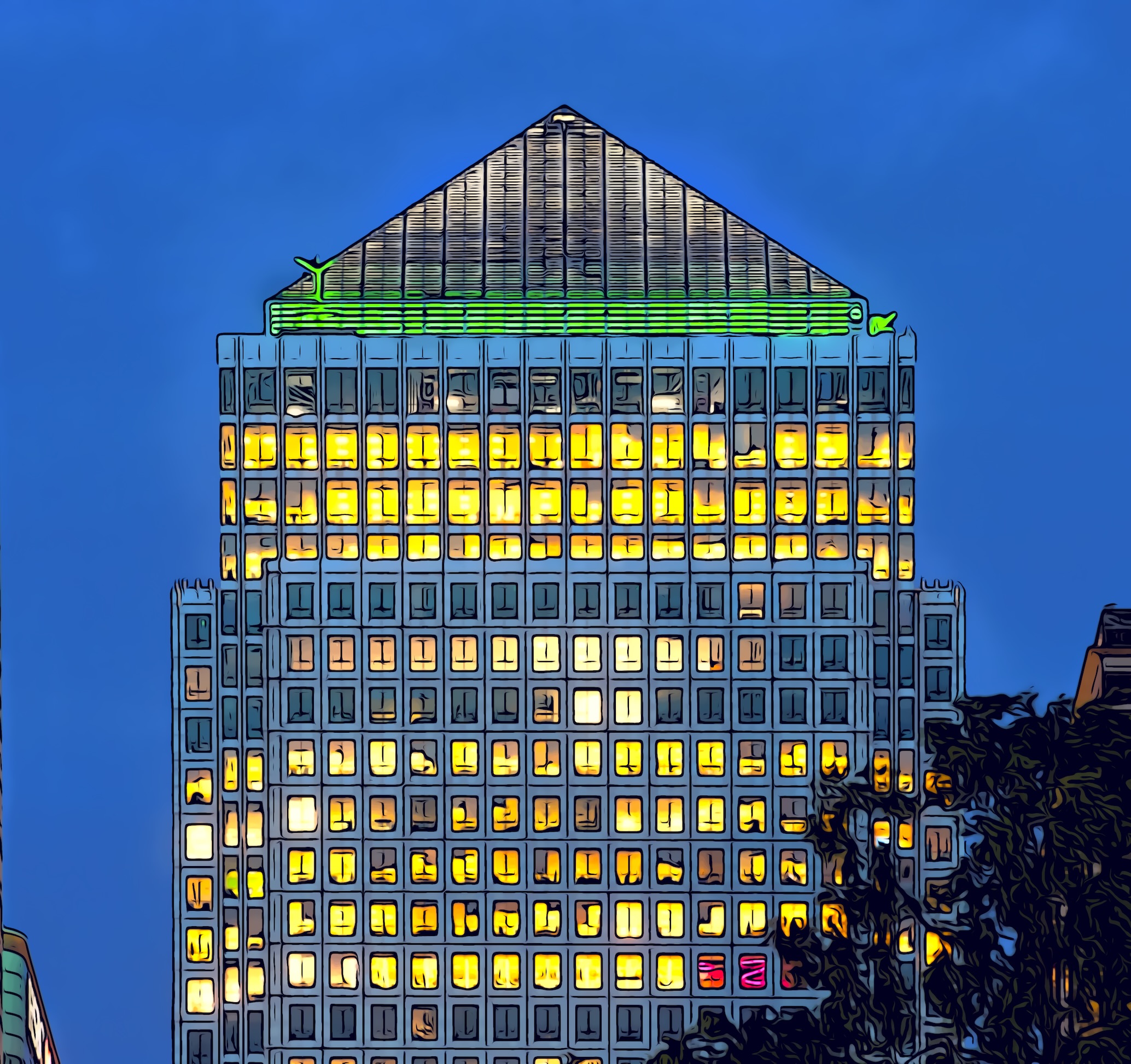
Alongside the mandatory strobing lights, the Canary Wharf group have outfitted the 30 m by 40 m glass pyramid with hundreds of colour-changing LED lights… as a result, the group can light the tower up in an array of dazzling colours!
Here is a quick explainer of some of the most frequently seen colours, and what they are symbolising…
Answer: Yes, with difficulty!
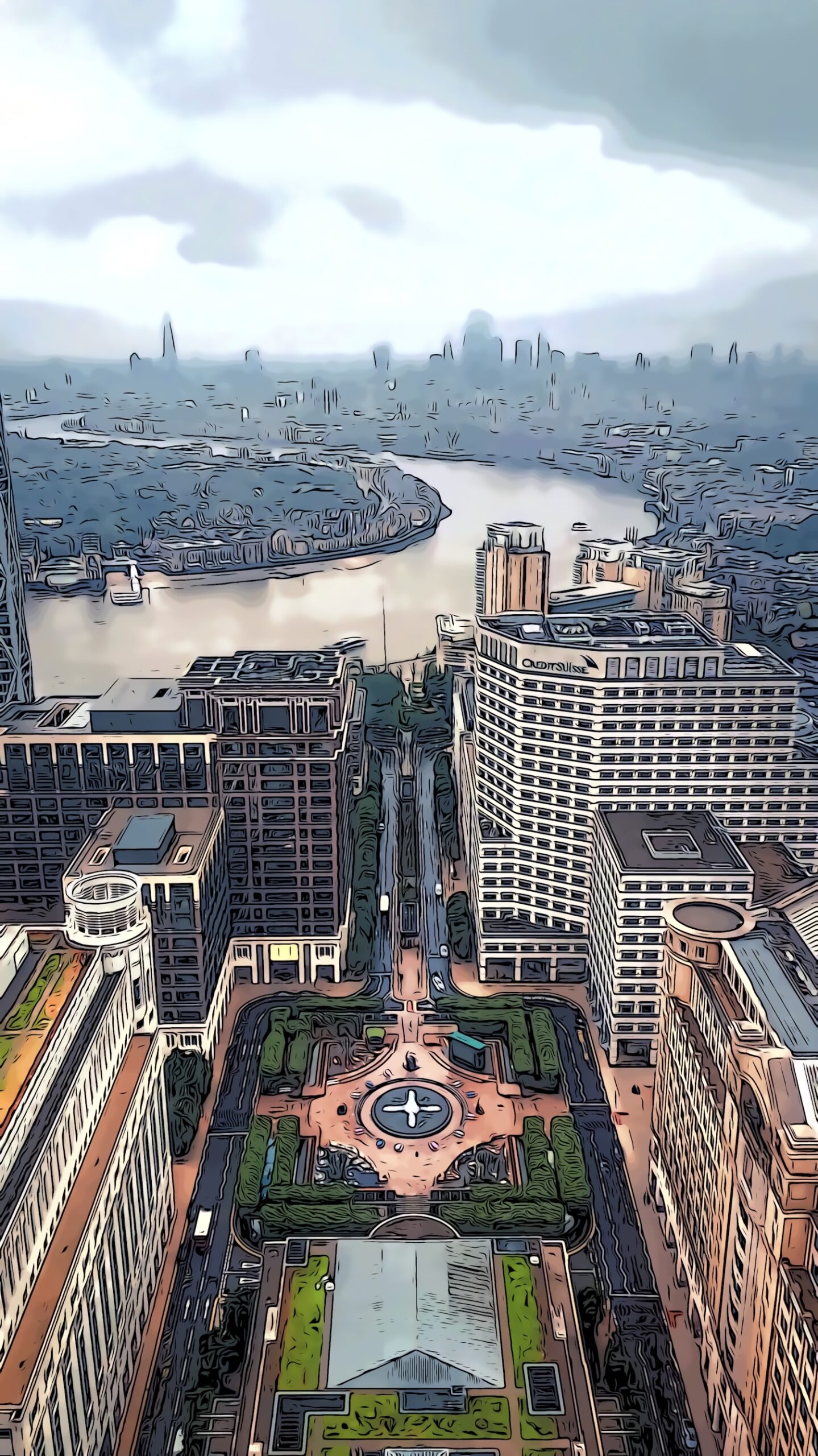
One Canada Square is primarily a commercial space, housing several businesses and corporations, and access is strictly controlled. If you’re holding a registered meeting, a student at UCL’s School of Management, or even seeing a physiotherapist you’ll be provided access — but we appreciate starting a degree is a bit OTT for a quick view!
Unfortunately, Canary Wharf does not currently operate a public observation deck and to our knowledge there are no plans to introduce one. So, in short, there is no easy way of getting to the top.
However, each year during the Open House Festival, some of London’s most interesting buildings open their doors to the public for a behind-the-scenes look. The event is typically free but requires booking in advance, and previously, the Canary Wharf group has joined in, permitting access to the top of Canary Wharf’s skyscrapers, including One Canada Square.
So public access to the top of Canary Wharf can be granted, but it’s worth keeping an eye on the Open City website as tickets for interesting buildings like this are booked up very quickly!
The original tower at Canary Wharf is not just an iconic piece of London’s skyline, but also a giant canvas that tells a story.
Hundreds of colour changing LEDs have been used to communicate solidarity, commemorate history, and raise awareness for significant societal causes by lighting the giant pyramid in an array of colours.
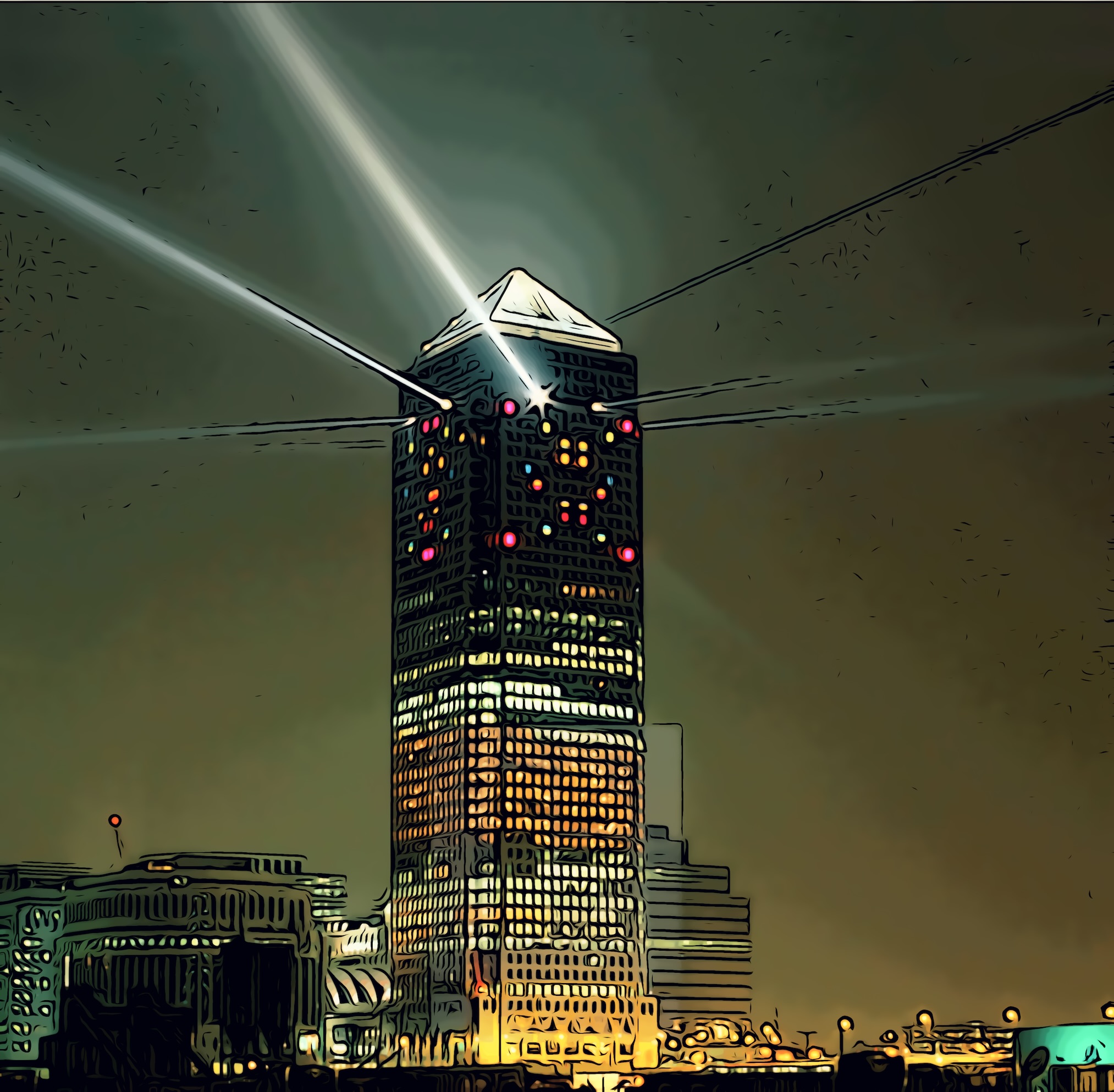
The lights at the top of Canary Wharf’s have been a silent narrator through many differing times:
Aside from highlighting permanent events, occasionally the tower displays dazzling lights… well, just because they can! As an example, you can frequently see the top of Canary Wharf lit up in green and red throughout the festive season.
Finally, the tower’s second set of lights — including the famous pulsing white light at the apex of the pyramid — play an important safety role. Like all tall objects, from skyscrapers to construction cranes, the tower requires a red lighting scheme to highlight its height for low-flying aircraft.
However, the staggering height and the proximity to London City Airport means that the white strobe was an additional requirement to mark the tower out to arriving and departing aircraft.